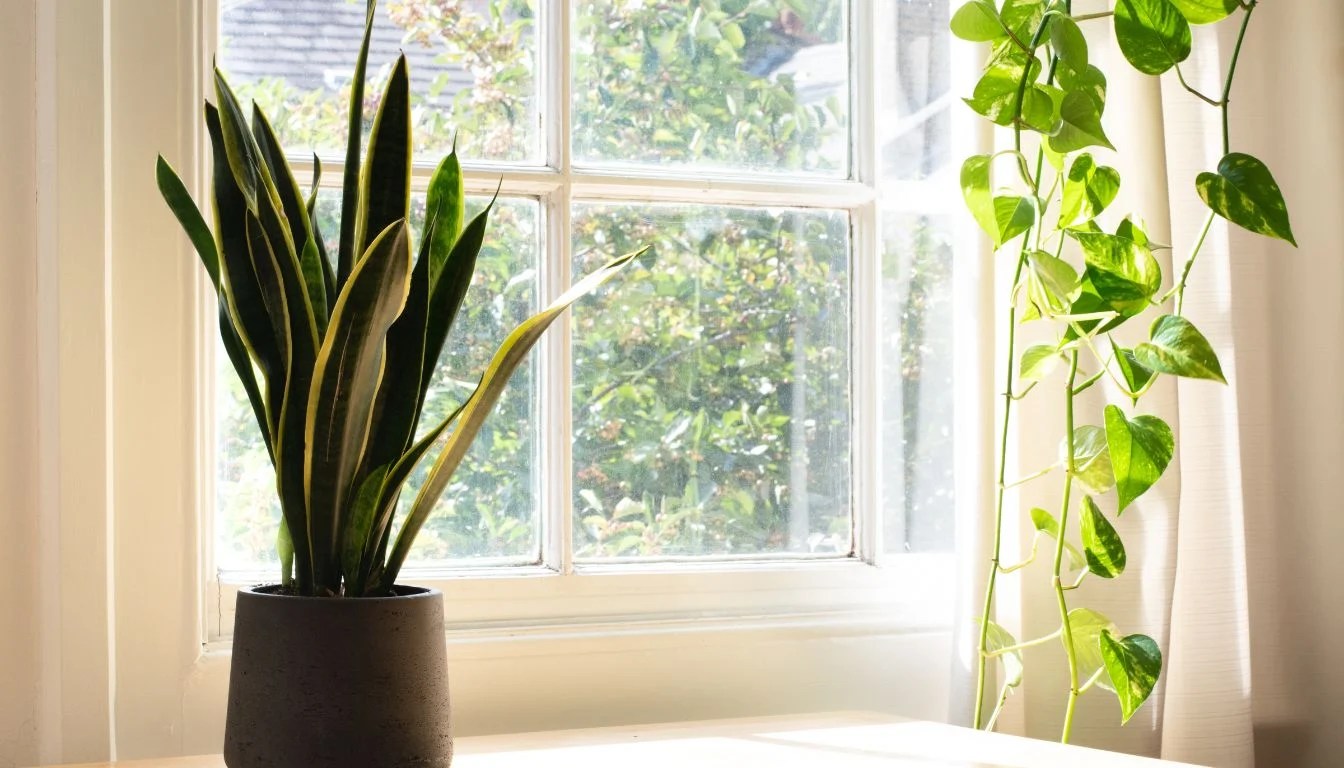Snake plants are renowned for their resilience, tolerating a wide range of conditions. However, providing the right light is crucial for unlocking their full potential, promoting vibrant growth and striking foliage. Forget the “indestructible” myth – proper light is the key to a truly thriving snake plant. From dim corners to sun-kissed windowsills, this guide decodes the ideal light spectrum for every snake plant owner.
Understanding Snake Plant Light Needs
Snake plants hail from the arid, often shady landscapes of Africa. This origin reveals much about their light preferences. While adapted to various conditions, they naturally flourish in bright, indirect light. Think of a sun-drenched room, but with the plant shielded from direct, intense rays. This allows for photosynthesis – the process of converting light into energy – without the risk of leaf scorch.
Optimal Light for Vibrant Growth
Ideally, aim for 8-10 hours of bright, indirect light daily. An east-facing window, offering gentle morning sun, is often perfect. South or west-facing windows, with stronger afternoon sun, can also work if the plant is positioned a few feet back or the light is filtered with a sheer curtain.
Thriving (or Surviving) in Low Light?
While snake plants can tolerate low light, it’s a matter of survival, not thriving. Growth will likely slow, and vibrant leaf patterns may fade, especially in variegated varieties. If a low-light area is your only option, strive for at least 5 hours of indirect sunlight daily. Less than that, and you might notice leggy growth (thin, stretched stems), smaller leaves, and a duller appearance.
Harnessing the Power of Grow Lights
Supplementing natural light with a grow light, especially during winter or in darker rooms, can be transformative. Full-spectrum LED grow lights, designed to mimic natural sunlight, are an excellent choice. This allows you to provide consistent, optimal light regardless of your home’s natural lighting conditions.
Reading Your Snake Plant’s Signals
The best way to gauge your snake plant’s light needs is through observation:
- Healthy Signs: Robust growth, vibrant leaf patterns, and new leaf emergence.
- Too Much Light: Scorched leaves, discoloration (yellowing or bleaching), and brown spots.
- Too Little Light: Leggy growth, small leaves, dull coloration, and a weakened appearance.
Some experts suggest that variegated snake plants, with their lighter patterns containing less chlorophyll (the pigment responsible for photosynthesis), often require more light than solid green varieties.
Choosing the Right Spot in Your Home
Have you been dreaming of creating the perfect spot for cozy nights in with a movie marathon? Explore remarkable small home theater room design ideas to transform your small space into a cinematic haven.
If your living room doubles as a home theater, you’ll want to check out these small living room ideas with tv. With these clever space-saving solutions, you can create a comfortable and stylish entertainment zone without sacrificing functionality.
Consider these factors when choosing a location:
- Light Levels: Prioritize bright, indirect light. East- or west-facing windows are generally ideal. South-facing windows can work with some light filtering. North-facing windows may require supplemental lighting.
- Room Suitability: Living rooms are excellent choices, provided the plant isn’t in a dark corner or overshadowed. Bedrooms and home offices can also be suitable if they receive adequate light. Avoid bathrooms, as excessive humidity can be detrimental.
- Varietal Needs: Darker green varieties tolerate lower light better than variegated varieties, which crave brighter conditions.
Watch for these signs:
| Light Condition | Symptoms | What to do |
|---|---|---|
| Insufficient Light | Leggy growth, smaller new leaves, dull coloration | Move to a brighter location, avoiding sudden drastic changes. |
| Excessive Light | Scorched leaves, yellowing, brown spots | Move further from the window or filter the light. |
Watering Your Snake Plant
Snake plants are drought-tolerant, storing water in their thick leaves. Water thoroughly when the soil is dry to the touch, typically every 2-8 weeks. Factors influencing watering frequency include light exposure (brighter light requires more watering), temperature, and season (less water during winter dormancy). Overwatering, leading to root rot, is a common pitfall. Signs include yellowing leaves, mushy stems, and consistently wet soil. Underwatering manifests as drooping leaves and brown tips.
Ongoing Research and Expert Insights
While much is understood about snake plant light requirements, research continues to evolve. “One common mistake,” notes [Expert Source Name & Credentials], “is assuming all snake plants need the same amount of light. Variegated varieties often require more light than their solid green counterparts.” Rotating your plant regularly ensures even light exposure. Dusting the leaves optimizes light absorption. Observing your plant’s growth and adjusting its environment accordingly is key.
By understanding these nuances and staying attuned to your plant’s individual needs, you’ll unlock its full potential and enjoy its vibrant presence in your home for years to come.
- The Best Battery Picture Lamps for Effortless Artwork Illumination - April 1, 2025
- Double Sink Bath Vanity Tops: A Buyer’s Guide - April 1, 2025
- Bath Towel Measurements: A Complete Guide to Choosing the Right Size - April 1, 2025










